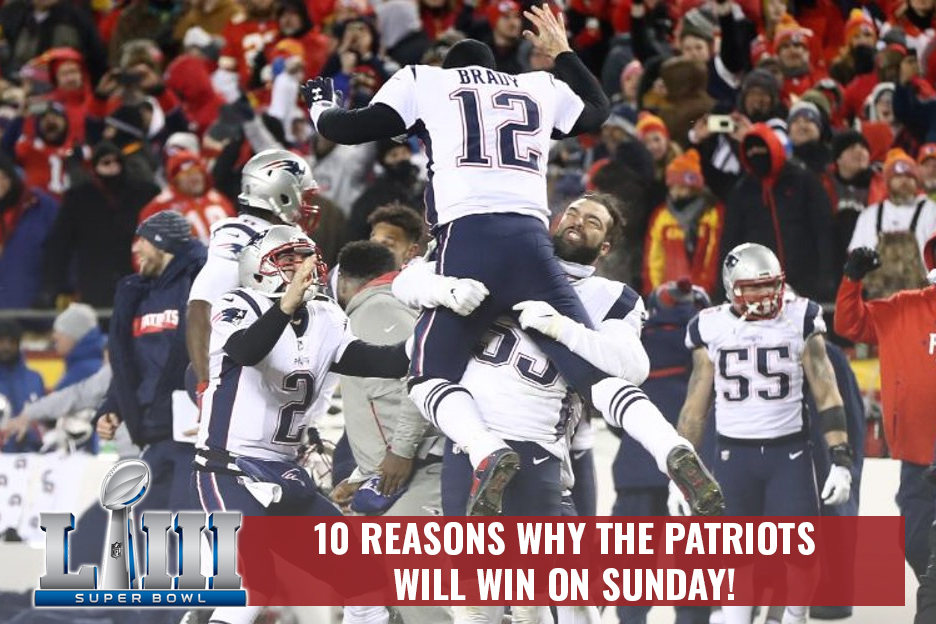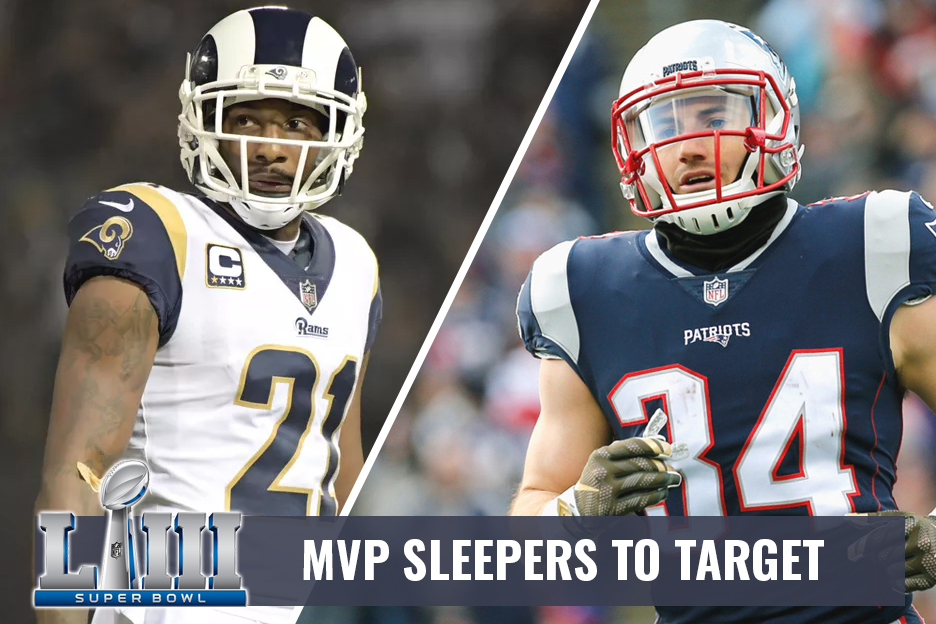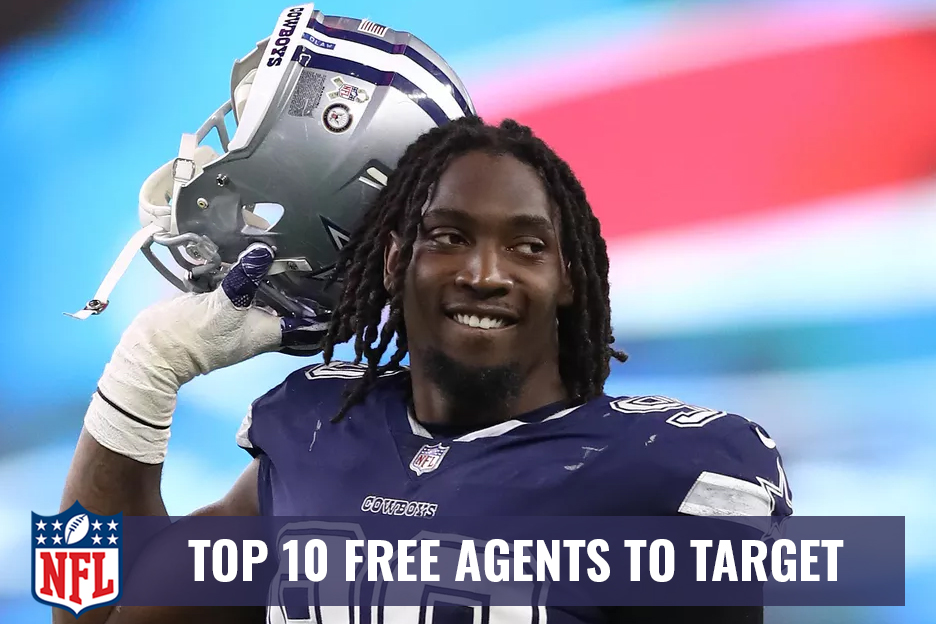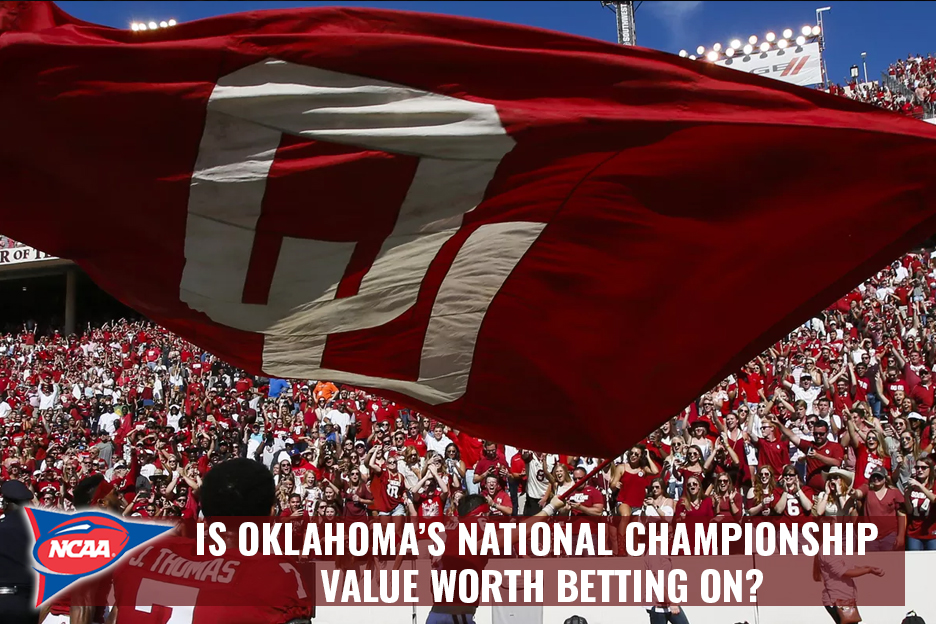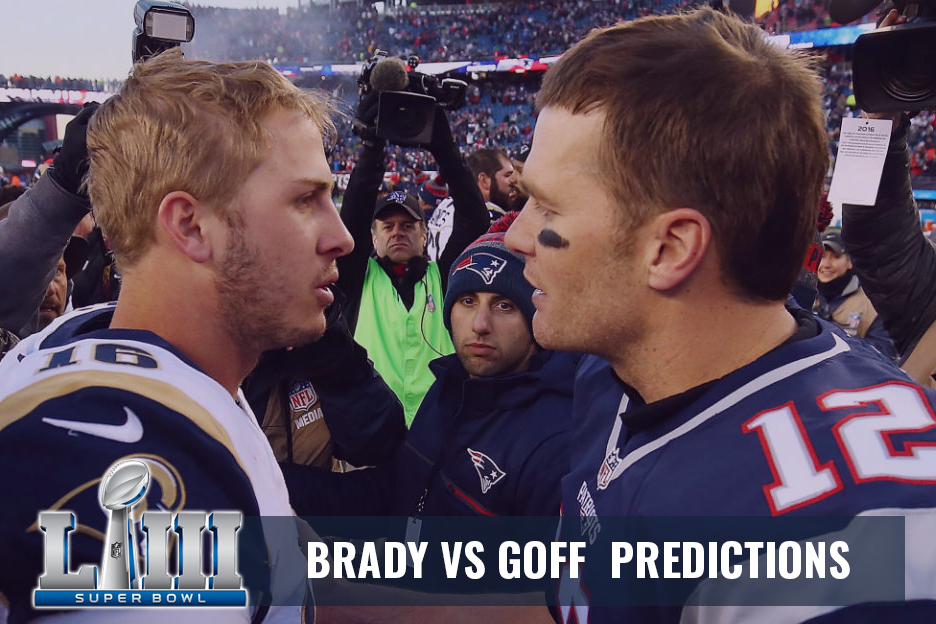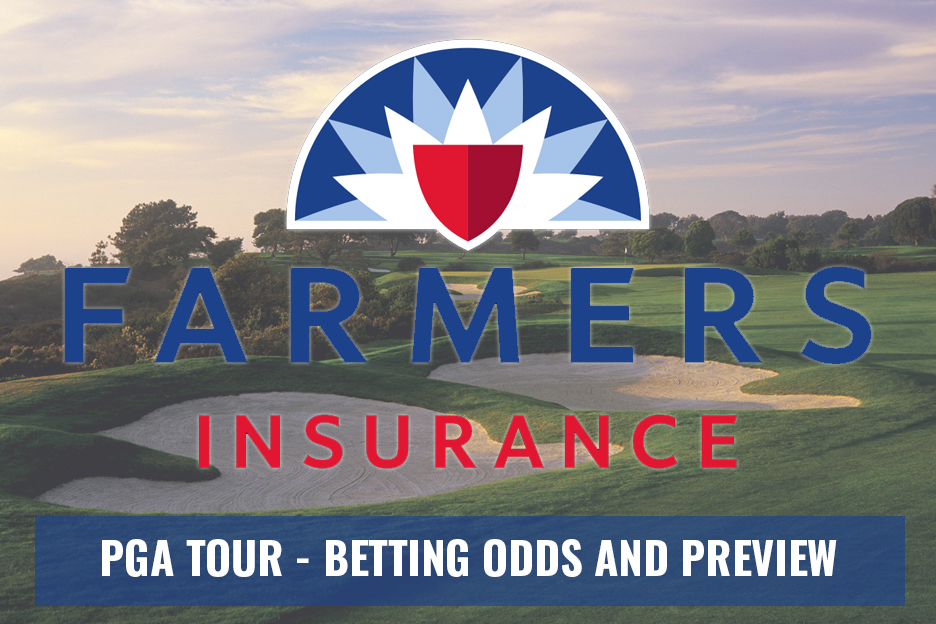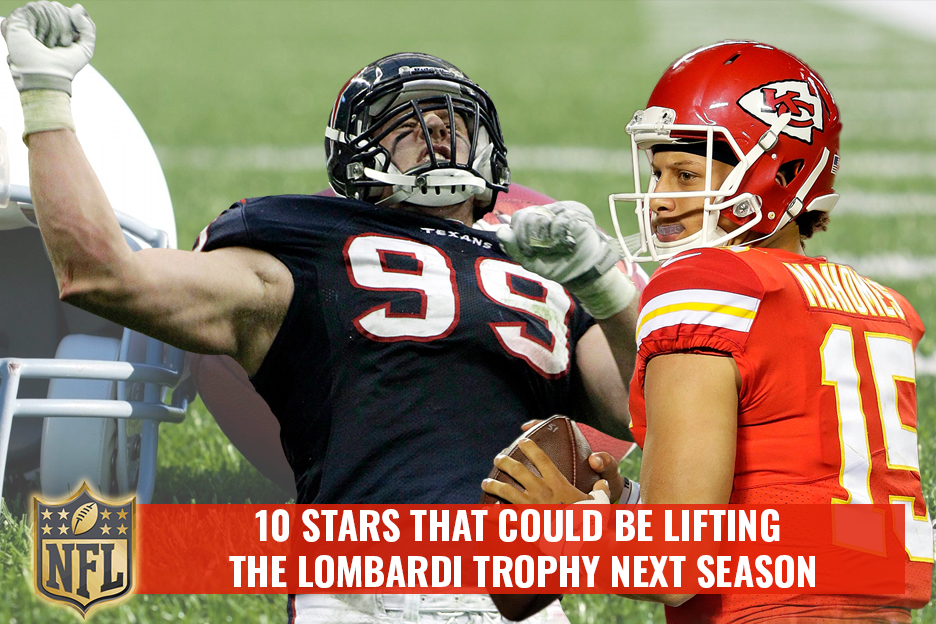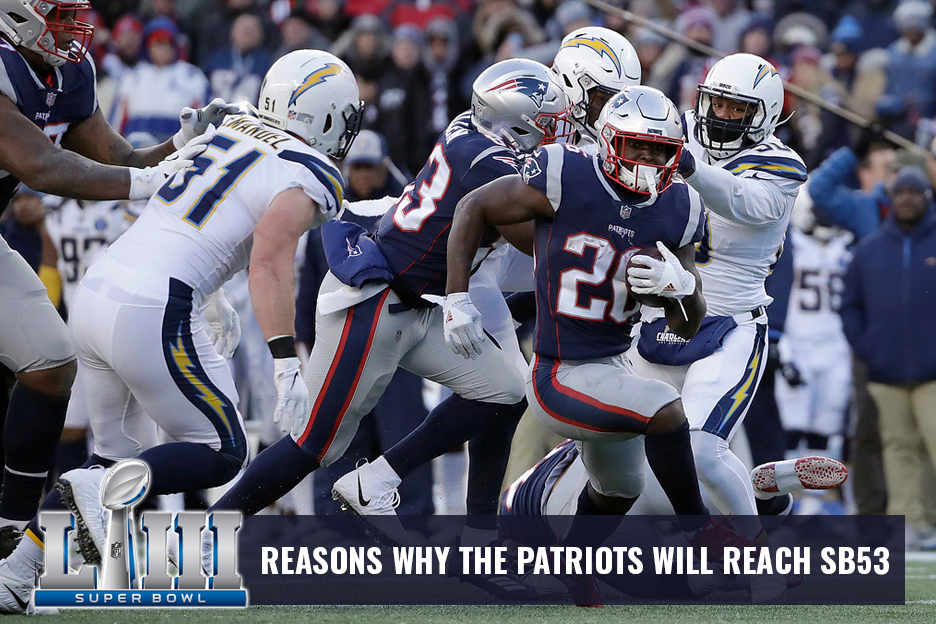

Posted in: General

If you’re new to sports betting, you’ll come across all kinds of terms and expressions you’ve never heard of before. Heck, even if you’re an old hand at betting on sports, you’ll occasionally run into an unusual phrase or word that you can’t define.
It wouldn’t be appropriate to offer a comprehensive glossary of sports betting terms here, but it is appropriate to provide a selection of the most important phrases you should know about. I’ve picked out 20 expressions that everyone who’s serious about betting on sports should have a thorough understanding of.
Unlike a lot of glossaries, which only provide brief definitions, I’ve tried to get into a little more detail for each of these expressions.
If you’re new to sports betting, get started by familiarizing yourself with some of this lingo and jargon:
“Action” refers to the amount of money you have wagered on a game. Being “in action” means that you have something riding on the game. The book might refer to the action on a game as the amount of money its customers have wagered on a game, or on one side of the game.
An “action junkie” is someone who can’t or won’t enjoy watching a game unless he has a bet on it.
In baseball betting, “action” has an even more specific meaning. When you place a bet on a baseball game, you have 2 options:
Most baseball bets get called off if the listed pitchers don’t start for some reason. But if you’ve placed an “action” bet, your bet is still in play even if there’s a chance of pitching at the last minute.
A book is a company or individual that takes sports bets from customers. You’ll also see a book referred to as a “bookmaker” or a “sports book.” In the United States, you’ll see neighborhood bookmakers referred to as “bookies.” They all perform the same function, and they all have similar business models. The main difference is that “bookies” usually has the connotation of someone running an illegal bookmaking business.
The main way a book makes money is by requiring you to wager $110 to win $100. They handicap the teams so that they have a roughly 50% chance of winning. The sportsbook doesn’t win because they’re betting against you. They’re using the money of the other bettors to cover your action and vice versa.
Here’s a list of expressions used to refer to a book:
A team “covers” when it wins after taking into account the point spread. The favorite has to win by more than the point spread to cover, while the underdog can cover by losing by less than the point spread. The dog can also win by having an outright win over the favorite.
If you’re the kind of bettor who only bets on “money lines,” you’ll never need this expression. A team only covers when there’s a point spread involved. You can read more about both money lines and point spreads at #12 and #16 on this page.
A “dime” is a $1000 bet. A “nickel” is a $500 bet. When dealing with a book, you might tell them you want a 4-dime bet on a team—that means a $4000 bet.
A “dollar” is a $100 bet.
“Dog” is short for “underdog,” which refers to the team or athlete who’s expected to lose an event. The opposite of the dog is the “favorite,” which is the team or athlete who’s expected to win an event.
Sports bettors tend to prefer betting on favorites, even after taking into account the point spread.
Here’s one way to start getting an edge when betting on sports:
Seriously consider bets on dogs.
This isn’t a surefire system by any means, but it’s one criterion to take into account.
In any kind of gambling, an “edge” is a mathematical advantage. Getting an edge over a bookmaker is harder to do than most people can imagine. The edge is normally expressed as a percentage.
Bookmakers, by default, have an edge over the bettor because of the vig (see #10).
“Expected value” is the mathematically predicted value of a bet that accounts for the probability of winning and/or losing. It also accounts for the amount you risk versus the amount you might win. It’s a concept used in all kinds of gambling, including casino games and poker.
Calculating expected value is easier than you might think. Start by multiplying your probability of winning by the amount you’ll win. Then multiply your probability of losing by the amount you’ll lose. Subtract that first number by the 2nd number, and you have the expected value for your bet.
Let’s say you have a 56% chance of winning $100 on a bet, and you have a 44% chance of losing $110 on that same bet.
If your expected value for a bet is positive, that’s a good bet. It’s called “+EV.” A bet with a negative expected value is “-EV.”
If you consistently make +EV bets throughout your life, you’ll profit as a gambler in the long run.
A “future” bet is a wager on something that happens on a longer time horizon than just a game. Most futures bets involve the record for a team over the course of a season. It could also have to do with who wins the championship at the end of the season.
Future bets are also sometimes called “outrights.” They can be fun bets to place at the beginning of a season, and they can keep you interested throughout the year.
To “handicap” a sporting event is to estimate how much stronger one side over the other is in a sporting event. Books use professional handicappers to make these estimates, then they use that data to set up their “lines.” Bettors also do handicapping, but they’re rarely as good at it as the professionals.
Effective handicapping requires expertise, research, and, usually, computer software. Professional handicappers working for books are also often called “linemakers.”
The juice is the commission that the book charges to take your bet. It’s also referred to as “vig,” which is short for vigorish.
The most common type of juice in the business is when the book makes you risk $110 to win $100. The extra $10 that you’re risking guarantees the book a profit, but only if it gets equal amounts of money on either side of the game.
Books also use point spreads to even up the odds of winning between the dog and the favorite. Theoretically, the point spread makes winning a bet a 50% likelihood.
If you win 50% of your bets while wagering $110 to win $100, you’ll go broke eventually. Your winning percentage must be greater than 52% just to break even.
If you’re betting on a moneyline, where there is no point spread, you’ll see a discrepancy between the payouts for a bet on the dog as opposed to a bet on the favorite. That discrepancy is where the book gets its juice.
When a sports book doesn’t get enough action from its bettors on both sides of a sporting event, it will often book that action with another book. This is called “laying off” that additional amount
A moneyline is a bet where you don’t have to deal with a point spread. Instead, the payouts for the bets are changed based on the odds that a specific team will win.
There’s no point spread in a moneyline bet. If the team you bet on wins by 1 point or by 60 points, you still win the same amount. If they lose, your bet loses.
What changes is the amount you win.
The team with the + sign next to its moneyline is the underdog, and the team with the – symbol next to its moneyline is the favorite.
The amount next to the underdog is the amount you’d win (profit) if your $100 bet on the underdog wins.
The amount next to the favorite is the amount you’d have to wager to win $100.
“Odds” refers to both the probability of something happening and the amount that a bet pays off.
For example, something that offers you 2 to 1 odds of winning will win 1/3 of the time. There are 2 ways to lose and 1 way to win.
A bet that pays off at 2 to 1 odds results in a loss of 1 unit if you lose, but a win of 2 units if you win.
One popular way that odds are expressed in sports betting terms is using “decimal odds.” This is just a statement of how much money a 1-unit bet will win. If something has decimal odds of 2.5, you’ll win $250 if you place a $100 bet on it. Those winnings INCLUDE your initial stake of $100, so your profit is $150 in that example.
“Fractional odds” is the other most popular way of expressing odds. It’s often expressed as a fraction, like 4/1 or as 4 to 1. This way of stating the odds expresses the amount you win versus the amount you risk.
A bet that pays off at 4 to 1 odds pays you $400 PLUS your initial stake of $100.
If you want to be a sharp sports bettor, one of the first things you need to understand is how decimal odds work as opposed to fractional odds. You should be able to convert one to the other, too.
An over/under bet is a bet on the total score for the game when you add the 2 teams’ scores together. For example, if the over/under for a game is 21, you’d win an under bet if the totals of the scores were 20 or less. You’d win an over bet if the total of the scores were 22 or more.
Bettors prefer betting on the over, just like they prefer betting on the favorite. This can create profitable opportunities when betting on the under.
These are also called “totals” bets.
A parlay is a bet where you re-invest the winnings of a previous bet into another bet. In other words, it’s a bet on multiple games or events. To win the entire parlay, you must win every part of the parlay.
This results in lower odds of winning, but the payoff is correspondingly higher.
The “point spread” is the estimate that the book makes regarding the difference in points between the dog and the favorite. This is used to even the odds of winning. If you place a bet on an underdog, you get to add the amount of the point spread to the dog’s score to see if they won.
The point spread is also often called “the line.”
Football is usually bet using a point spread. Basketball is, too.
Hockey and baseball, on the other hand, usually use a moneyline format for their bets, although they might also have a “run line” or “puck line.” The lines in hockey and baseball are always 1.5, though.
“Probability” is the branch of math that deals with how likely an event is to happen. It’s also the metric used to measure that likelihood.
An event’s probability is always a number between 0 and 1. Something with a probability of 0 can never happen, while something with a probability of 1 will always happen. Something with a probability of 0.5 will happen half the time.
Probability can be expressed in multiple ways—as a fraction, as a decimal, as odds, or as a percentage.
Something with a probability of 50% is the same thing as something with a probability of 1/2, 0.5, or even money (1-1).
When you’re flipping a coin, rolling a six-sided die, or dealing a card from a 52-card deck, calculating the probability of something happening is straightforward. You just look at the number of ways you can achieve a certain result, then divide it by the total number of possible results.
For example, with a deck of cards, you can calculate the probability of being dealt an ace easily. There are 4 aces in the deck, and the deck has 52 cards. That’s 4/52. If you remember how to reduce fractions, you know that’s the same thing as 1/13.
This can also be expressed as 12 to 1 odds, 7.69%, or 0.0769.
When dealing with events in sports betting, all probabilities are estimates. They’re hard to calculate because of the large number of variables involved.
It’s important for a sports bettor to understand “implied probability,” too. This is the probability that’s implied by the odds offered on a given bet.
“Odds” doesn’t just refer to probability, by the way– it also refers to how much you get paid out on a bet. If a bet pays off at 11 to 1 odds, and that bet has a probability of 12 to 1, the house has a clear edge over the bettor.
To calculate the implied probability for a bet, you divide 1 by the decimal odds. For example, if the odds of your team winning pay off at 3.0, the implied probability is 0.33, or 33%. (1/3)
A “prop bet” is an abbreviation of “proposition bet.” It’s a bet on something other than the outcome of an event. It might be a bet on who wins a presidential election, for example, or a bet on which player will score first during the SuperBowl. The only limits to the kinds of prop bets that are available are the imaginations of the oddsmakers.
Prop bets are always offered in moneyline format. They’re also often called “exotic bets” or just “exotics.”
A “sharp” is someone who’s an expert sports bettor. They’re also sometimes called “wiseguys.” The opposite of a sharp is a “square.” Most sharps are happy with a winning percentage of 55%. Winning percentages higher than that are almost impossible.
Anyone who’s part of the general betting public is considered a square.
The first step to becoming a sharp is to thoroughly understand the math behind the sports betting hobby.
A “tout” or “tout service” is a person or company who sells their picks for various sports bets. Most tout services overstate their accuracy in past events. Generally, it’s probably a bad idea to spend a lot of money on a tout service. They’d have to be remarkably accurate to justify the cost.
I have a friend who worked for a tout service years ago. He explained to me that half the room would pick one side of a game, while the other half would pick the other side. That way half their customers were always happy with their picks.
They would then give a free pick to the 50% of their customers who lost. And they’d split that in half, too, so half of the unhappy customers were now winners again, too.
It’s a shady business. Approach with caution.
Tout services will offer some of the following selling points:
Only some of these selling points are true.
If you’re still interested in a tout, find one that’s transparent about his past picks and his winning percentage. Here’s where the game gets interesting:
A legitimate tout will have a realistic winning percentage.
I discussed earlier how most sports bettors should be thrilled to have a 55% win percentage. A 70% win percentage is downright impossible in the long run.
If you have a tout service claiming a win percentage north of 60%, you’re probably better off folding your money in half and putting it back in your pocket.
Yes, sports betting has a lot of jargon that might not be immediately clear to the newcomer. But as with anything else, you don’t need to memorize an entire dictionary of phrases related to the subject. In fact, you’re probably better off focusing on some of the most important concepts first.
In this post, I defined and explained what I think are the 20 most important terms and expressions you should know starting out. You might think I left something out, though. If so, leave me a message in the comments.
